In search of the perfect comfy armchair
What makes the ideal cosy, comfortable armchair? Arabella Youens asks some of Britain's top furniture experts to find out.
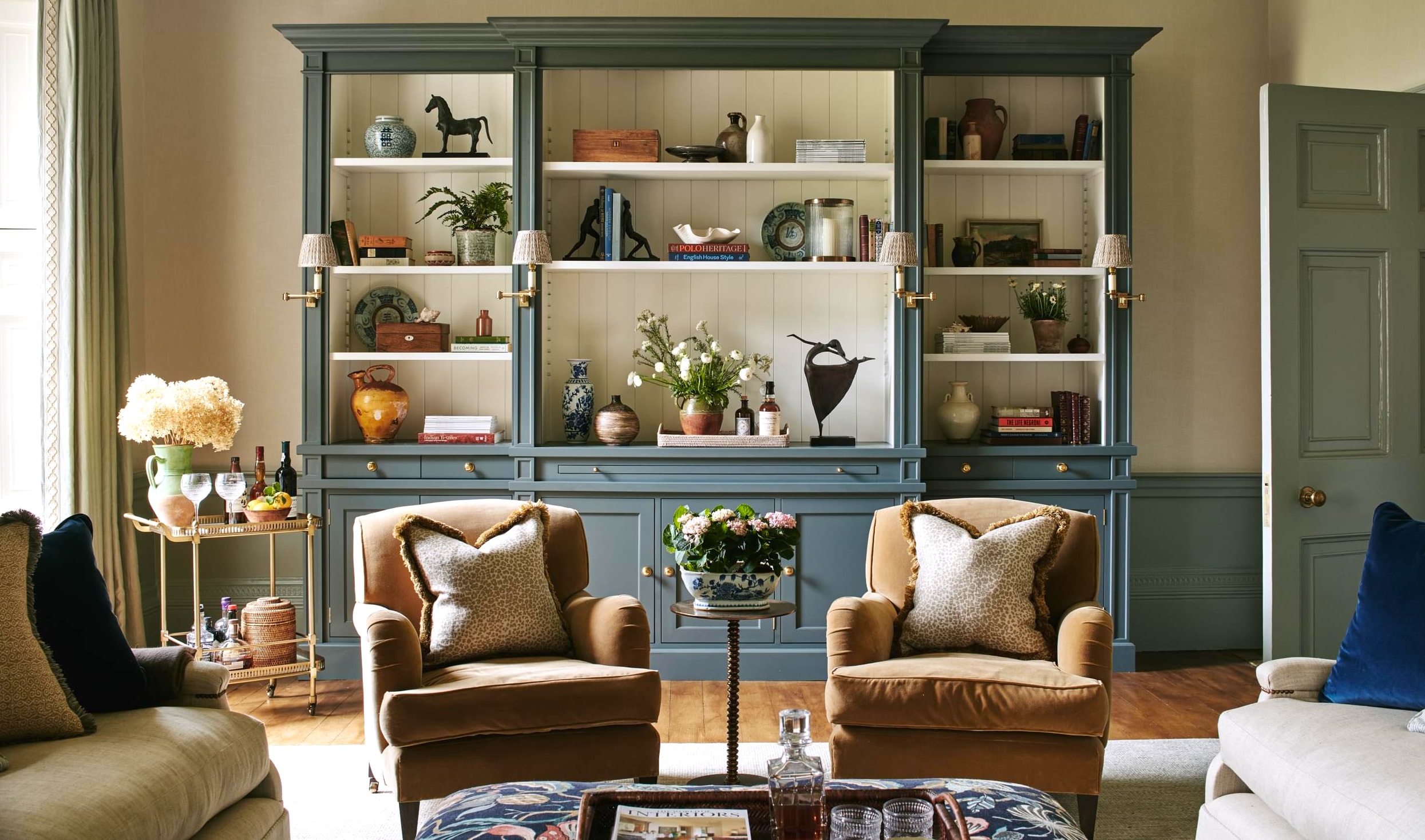

Good, well-made armchairs are like old friends: comfortable, reliable and supportive. They can also be with you forever; constructed using traditional methods and filled with natural materials, they can be handed down through the generations and reinvented in a new fabric each time.
According to Amanda Barrett, of furniture-maker George Smith (below), the ideal shape, size, height and level of support are subjective. ‘We often get asked what makes the most comfortable armchair, and it’s not a question we can answer; the only advice I can give is to try as many as possible.’
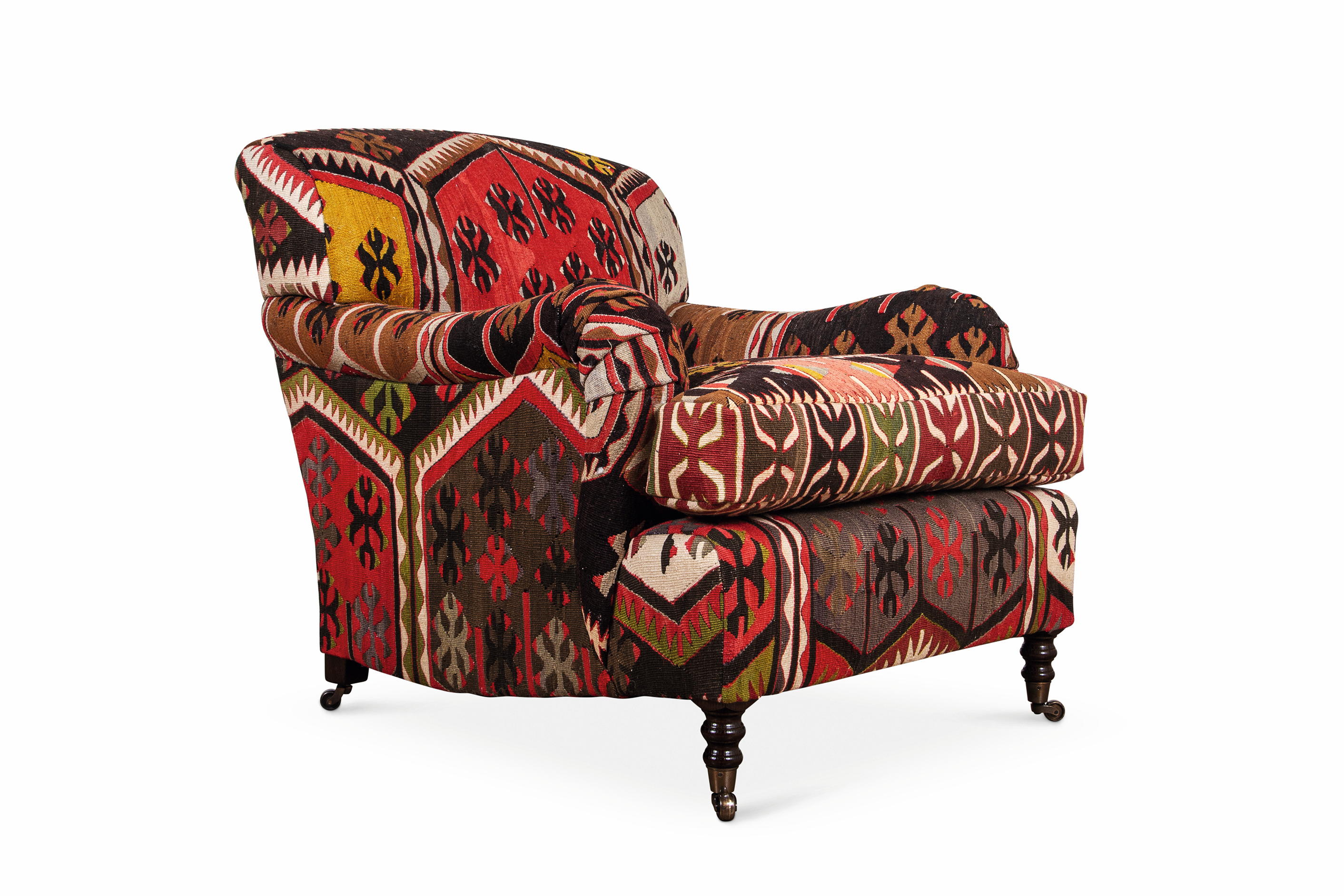
Two key elements to look out for are the suspension system and the fillings. Both will determine how weight is distributed, a factor that will significantly affect comfort. The team at George Smith hand-stitch double-cone springs, which are evenly placed across a base of webbing.
Antique dealer and designer Max Rollitt believes that the ultimate in comfort is the Howard chair, which enjoys a mythical reputation among designers and dealers.
First conceived by Howard & Sons in the early 19th century, it included a sprung seat with a loose feather cushion on top and an integrated feather pillow sewn onto the back, which is also sprung. Its design has been reinterpreted ever since. ‘It matures with time as the springs soften and the feathers loosen,’ says Rollitt.
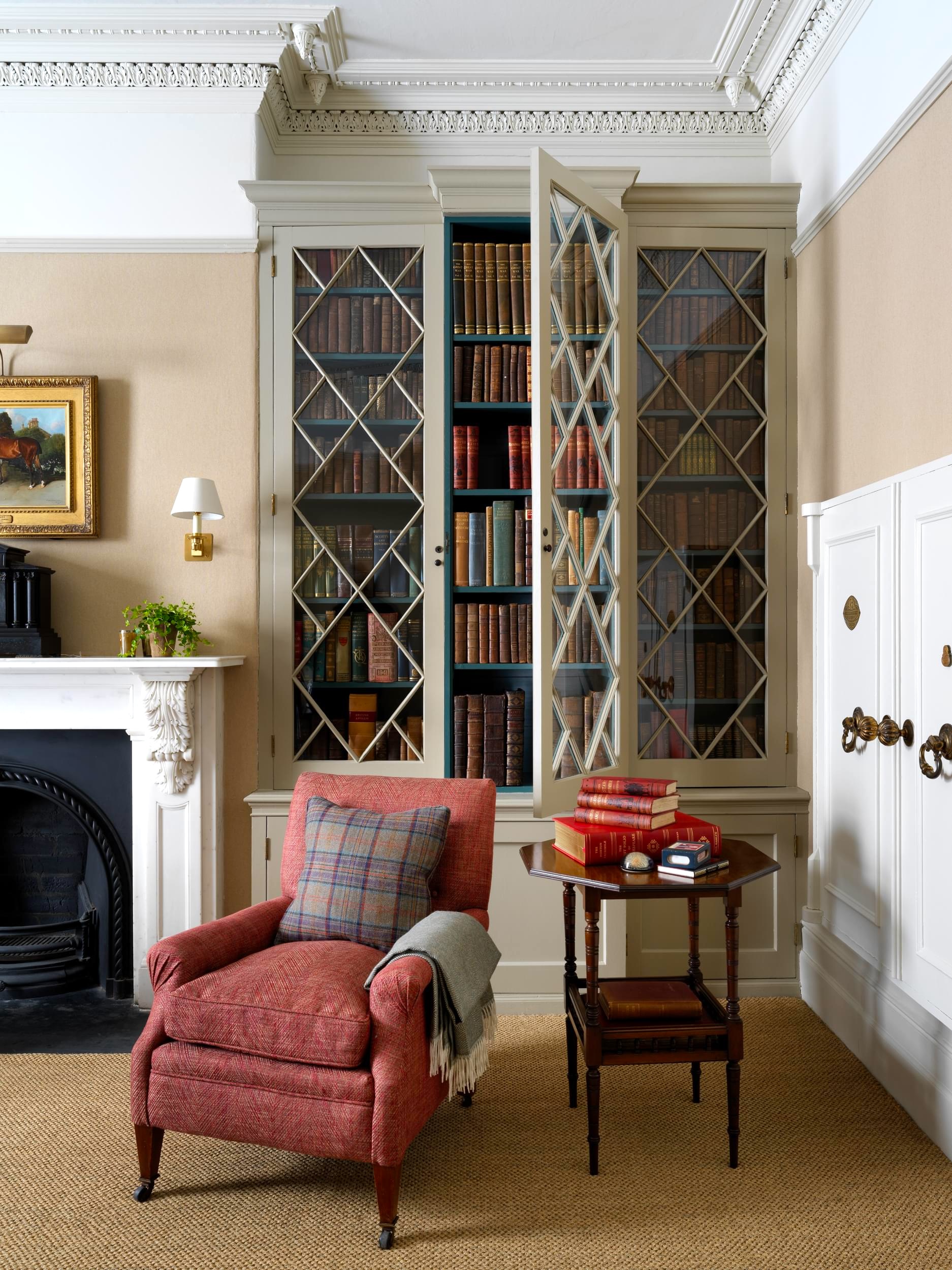
In traditionally made armchairs, horsehair (plaited in tight curls and baked with rubber into springy sheets) envelopes and cushions the springs. Next, a layer of cotton felt is added to provide comfort. Seat cushions are hand stuffed with a mixture of duck and down feathers (or foam, if more support is required).
Another vital factor is the geometry that determines the ‘rake’ or angle of the back, as well as the angle and depth of the seat. The latter will depend on the height of the most regular occupant; those with longer legs will need a deeper seat and vice versa. ‘It comes down to how you want to sit,’ says Rollitt. ‘There are other armchairs that are much more rigid. Often, these have more sculptural forms, such as a wing armchair, library chair or Windsor chair, which give more support to the spine.’
Exquisite houses, the beauty of Nature, and how to get the most from your life, straight to your inbox.
Interior decorator Joanna Plant has devised an alternative approach; her Heathfield armchair refines and exaggerates the original form of the Howard chair, becoming ‘less polite and a little more louche’. It has a pronounced rake, pitching the sitter backwards into a pillow backfilled with down, as well as a feather-and-down duvet that sits on top of the springs and under the cover. The seat has extra depth and the chair is scaled up.
A post shared by Joanna Plant (@joannaplantinteriors)
A photo posted by on
However, Plant believes that a search for the ultimate armchair should begin by looking at the frame. ‘It all starts with a solid hard-wood frame that is dowelled and screwed and will last a couple of lifetimes. It’s why people pay such huge amounts for the old Howard chair frames — this is where the value is.’
-
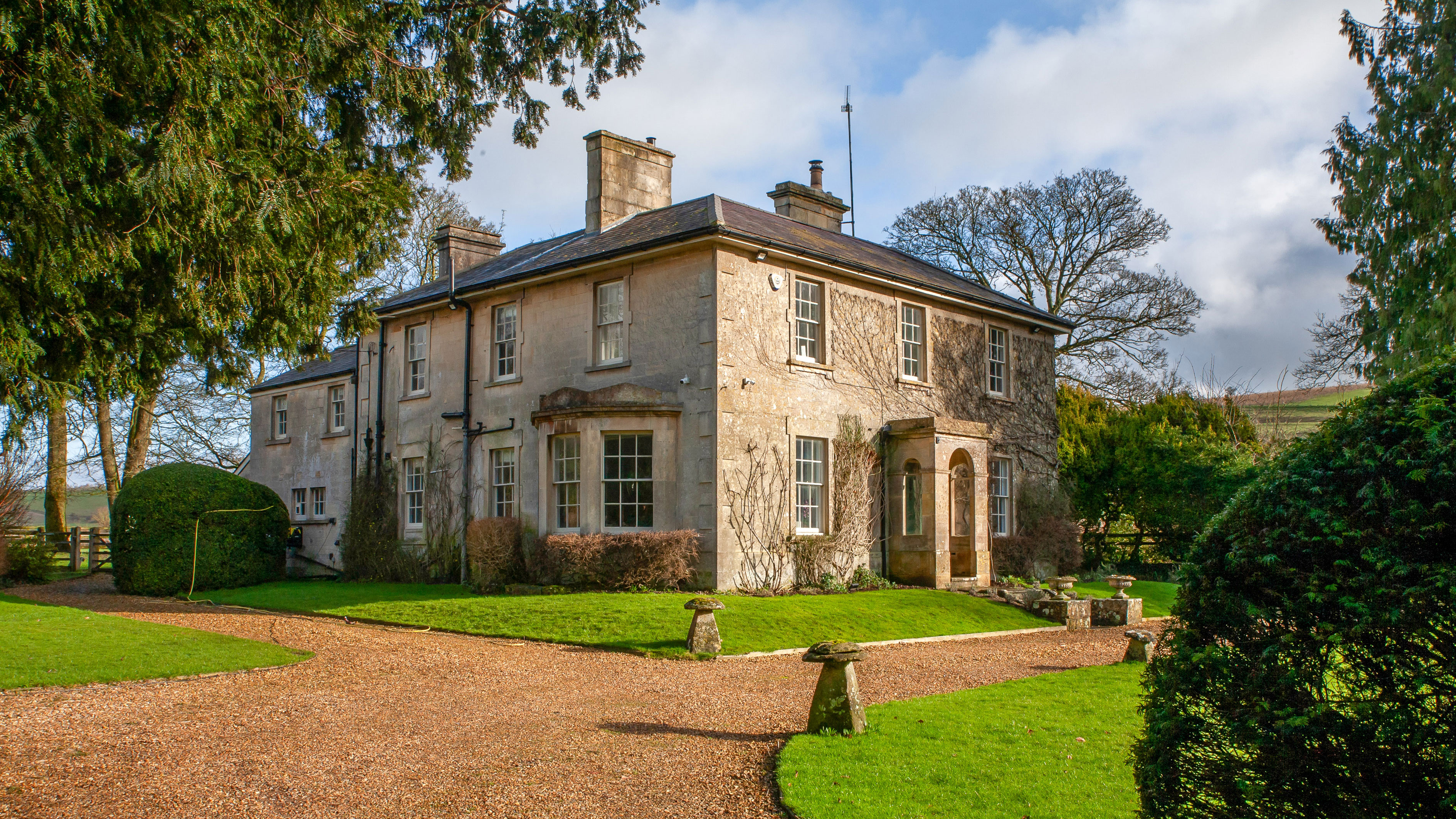 A Georgian farmhouse that's an 'absolute gem' in an ancient village on Salisbury Plain
A Georgian farmhouse that's an 'absolute gem' in an ancient village on Salisbury PlainJulie Harding takes a look at the beautiful West Farm in a gorgeous Wiltshire village.
-
 Can you guess the landmark from its gingerbread copy cat? Take our quiz
Can you guess the landmark from its gingerbread copy cat? Take our quizToday's quiz takes a detailed look at the gingerbread works on display at London's The Gingerbread City — and asks if you can guess which iconic landmark they are.
-
 Making space in a Georgian terraced Chelsea cottage
Making space in a Georgian terraced Chelsea cottageGuy Goodfellow removed an internal wall to transform the sitting room of this Georgian terrace
-
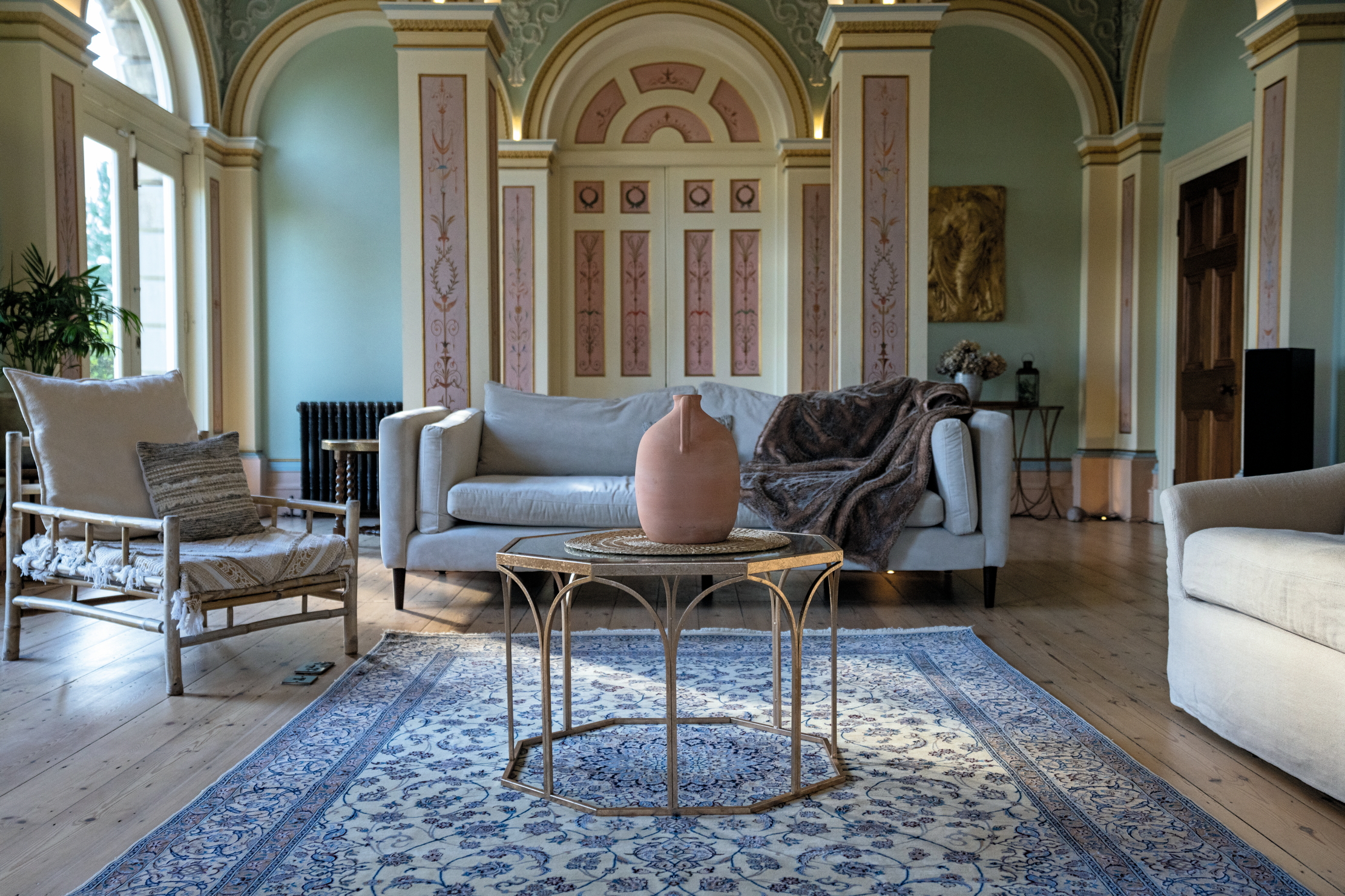 Moths and memories of the Russian Revolution: Why it's worth saving that tired old rug
Moths and memories of the Russian Revolution: Why it's worth saving that tired old rugDon’t consign that faded and tatty rug you inherited to the skip, warns Catriona Gray. A specialist repairer can work miracles on even the most unloved pieces
-
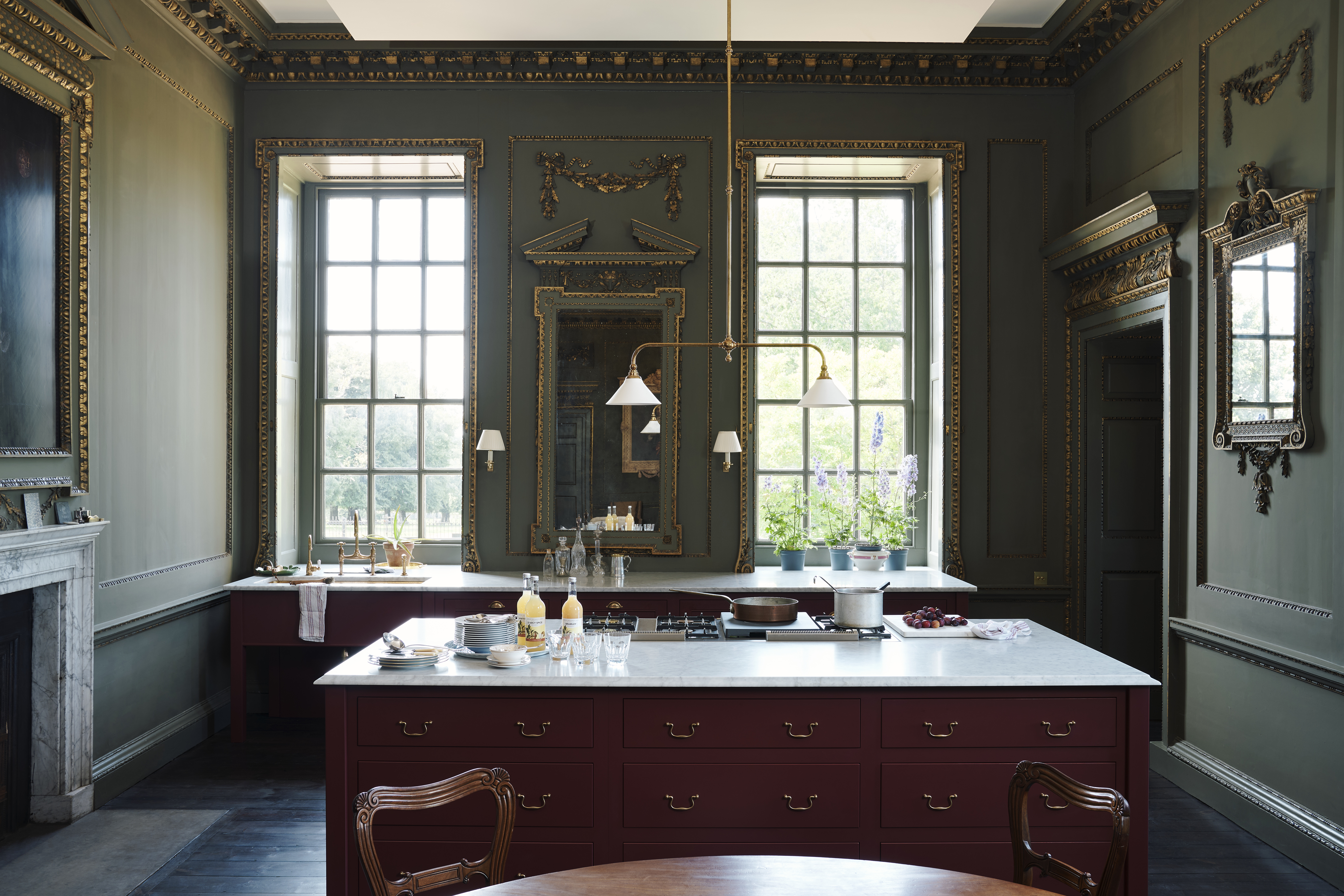 How one family went about creating a welcoming kitchen in one of England's neo-Palladian houses
How one family went about creating a welcoming kitchen in one of England's neo-Palladian houses‘We were nervous about creating a kitchen in such a grand room.'
-
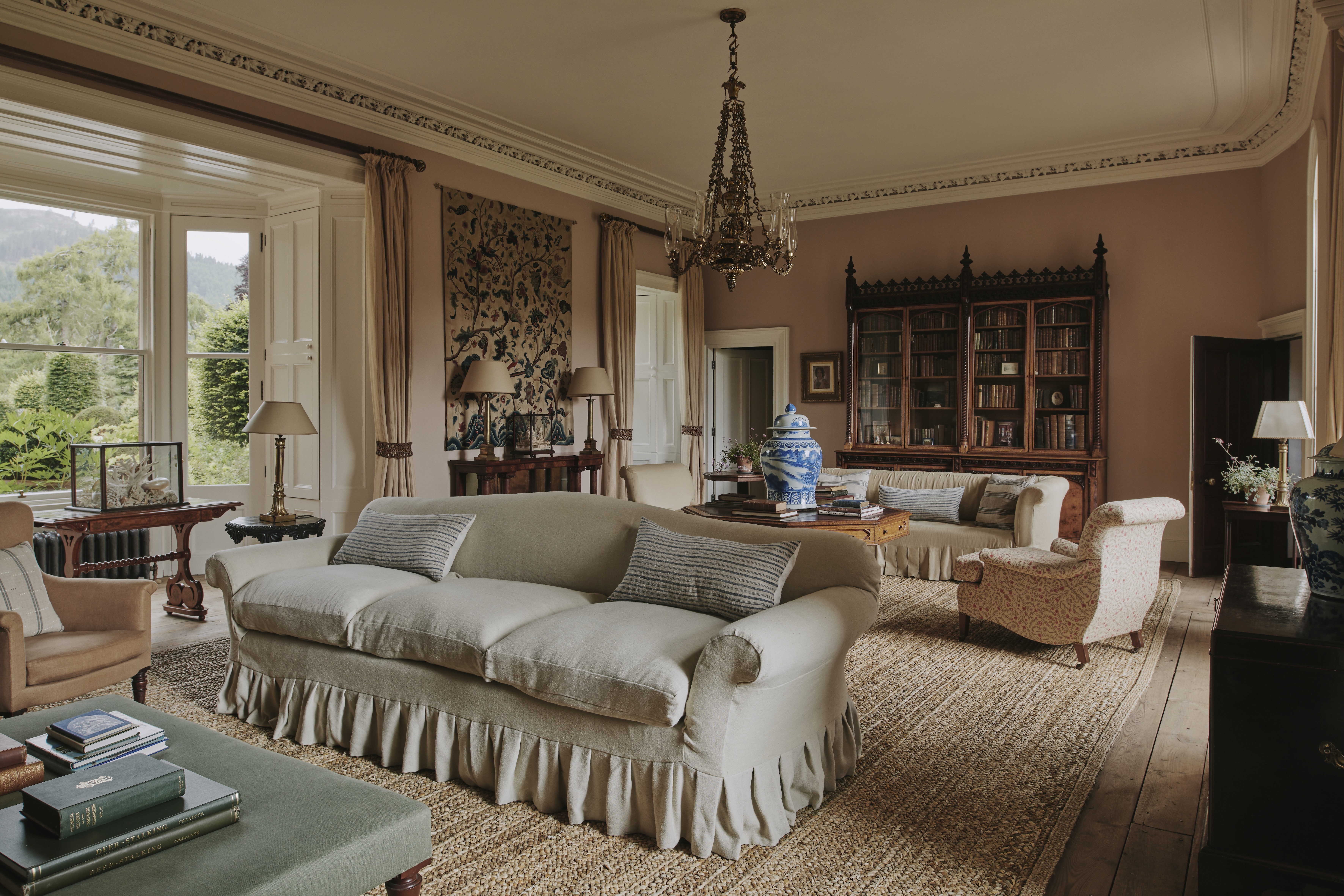 How do you make a 300-year-old Baronial castle fit for modern-day living?
How do you make a 300-year-old Baronial castle fit for modern-day living?A mix of sympathetic colours and elegant furniture has brought new life to this impressive space at Aldourie Castle.
-
 Oh, my gourd, it’s Hallowe’en: How best to decorate your home with pumpkins, squashes and more
Oh, my gourd, it’s Hallowe’en: How best to decorate your home with pumpkins, squashes and moreAs the feast of All Hallow’s Eve approaches, Debora Robertson advises how best to decorate your home with autumn's edible bounty.
-
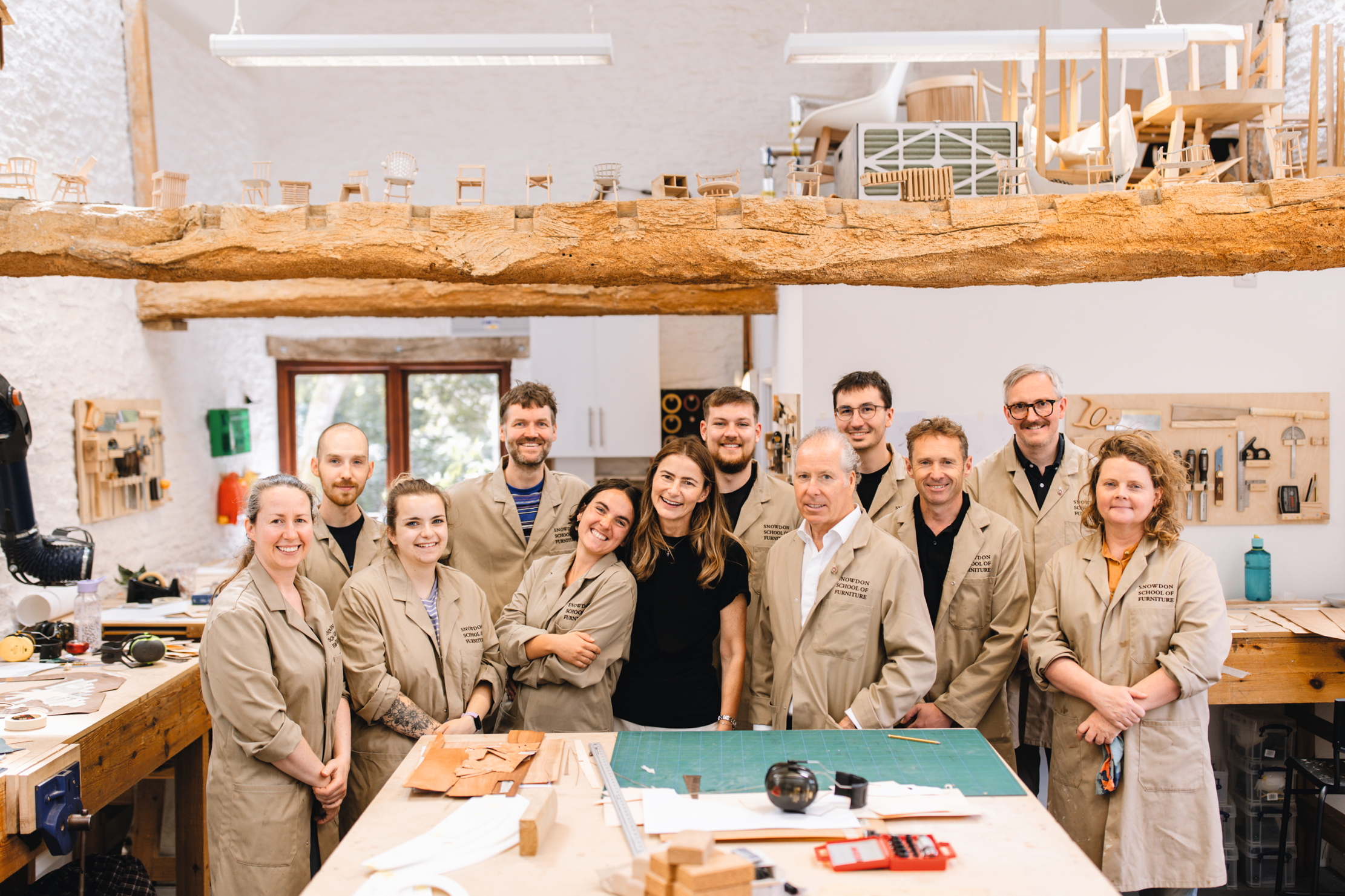 At the Snowdon Summer School, the future of design lies in the traditions of the past
At the Snowdon Summer School, the future of design lies in the traditions of the past'It was the first time that I had ever been around people who shared my interest in making furniture at such a high level — and who shared my passion for fine furniture.'
-
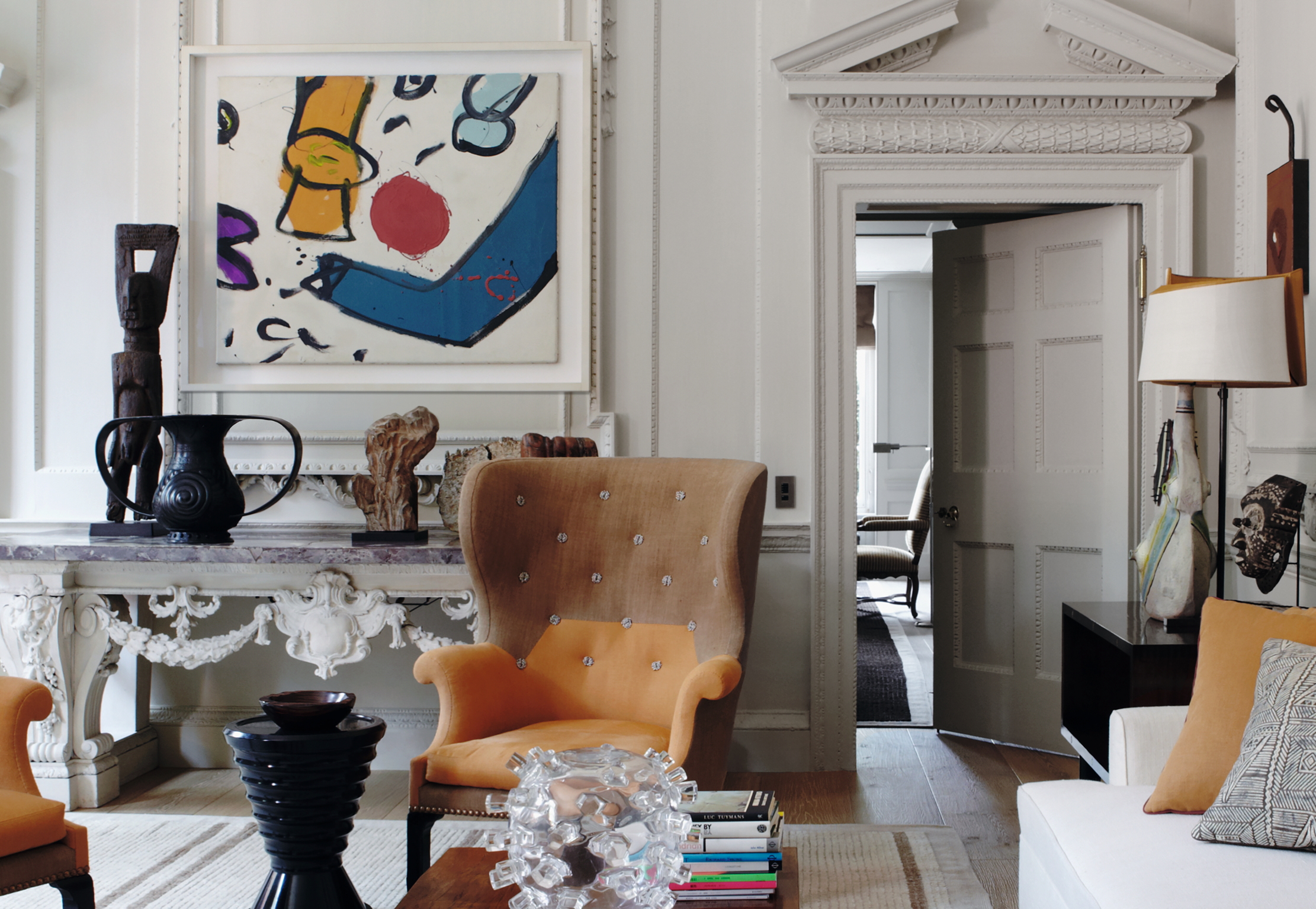 It's a perfect storm for the revival of eclecticism, and we're in the middle of it
It's a perfect storm for the revival of eclecticism, and we're in the middle of itIn design, periods of purism are often followed by a dramatic new mood. Now, the scene is set for an exciting revival of eclecticism.
-
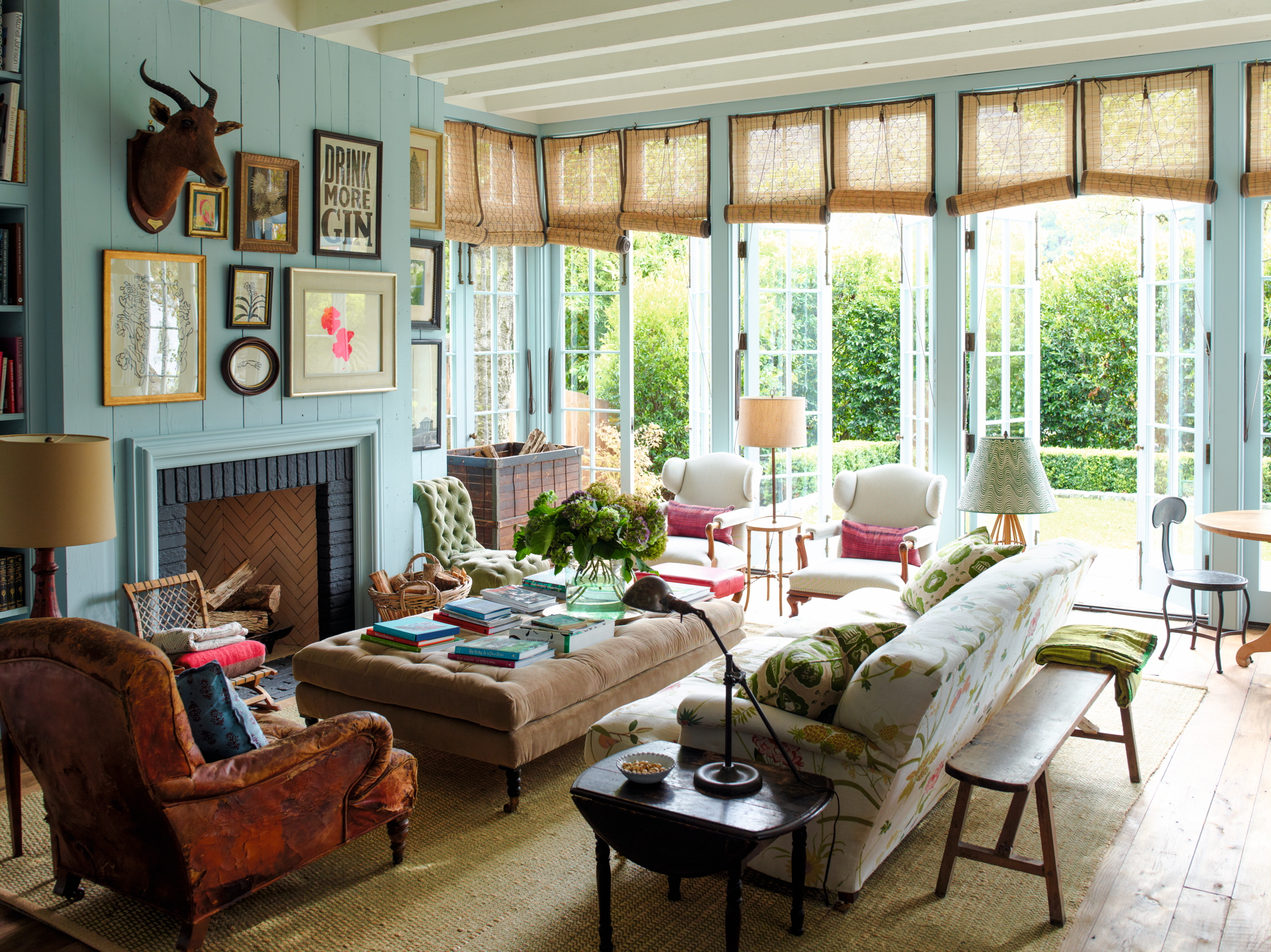 For Rita Konig, interior design isn’t only about coherence and comfort — it should be a celebration of stuff
For Rita Konig, interior design isn’t only about coherence and comfort — it should be a celebration of stuffGiles Kime charts the transatlantic career of the eclectic journalist-turned-designer.
